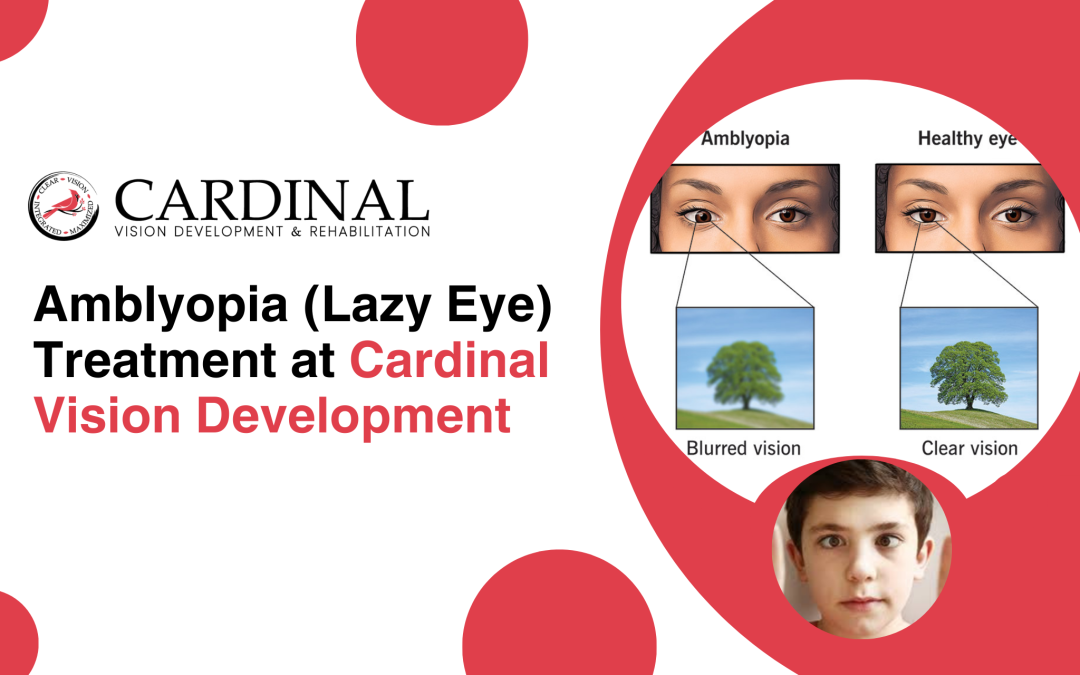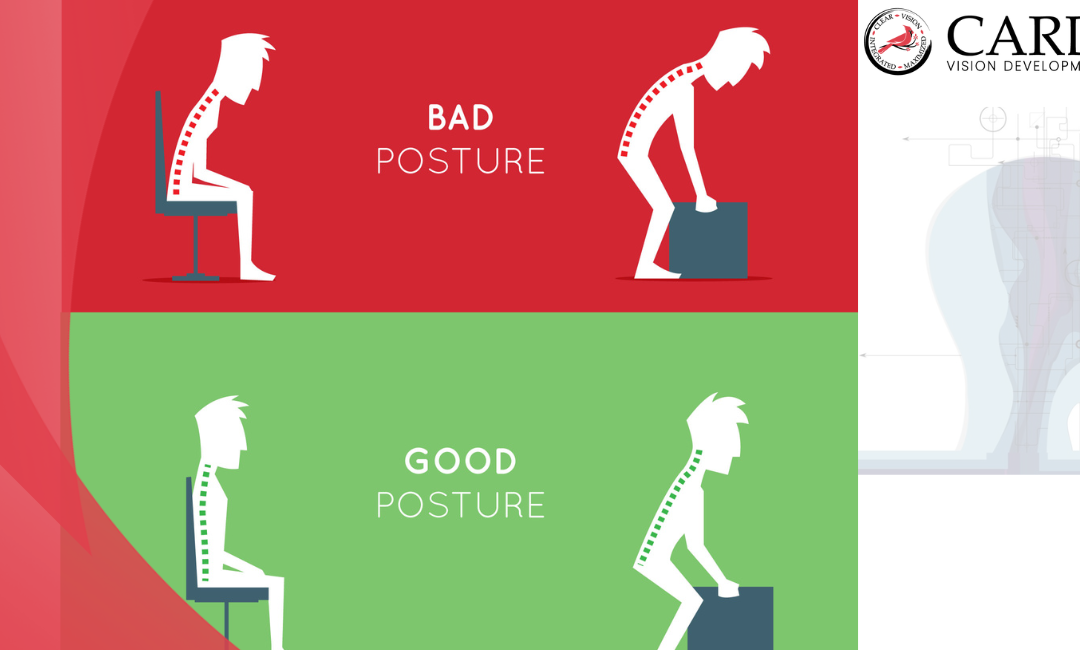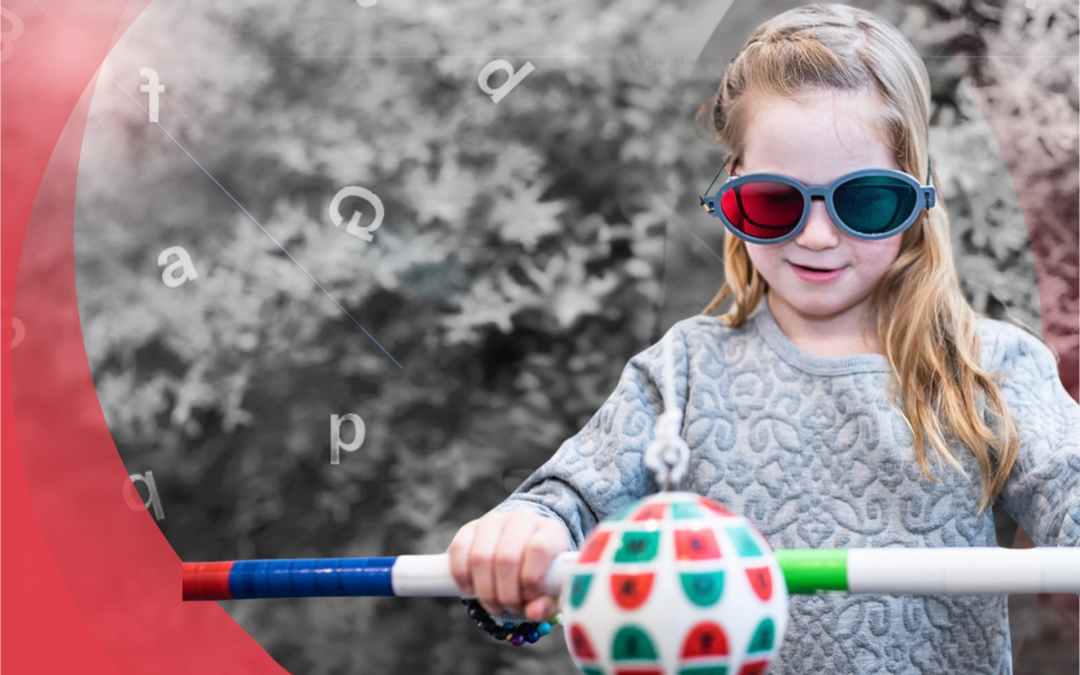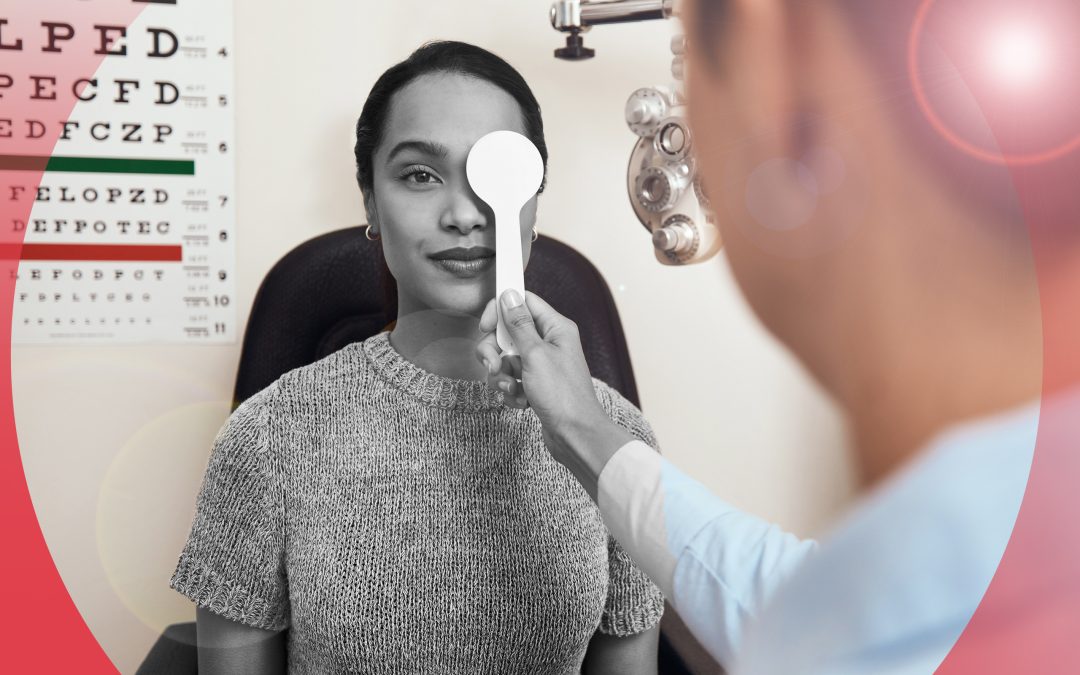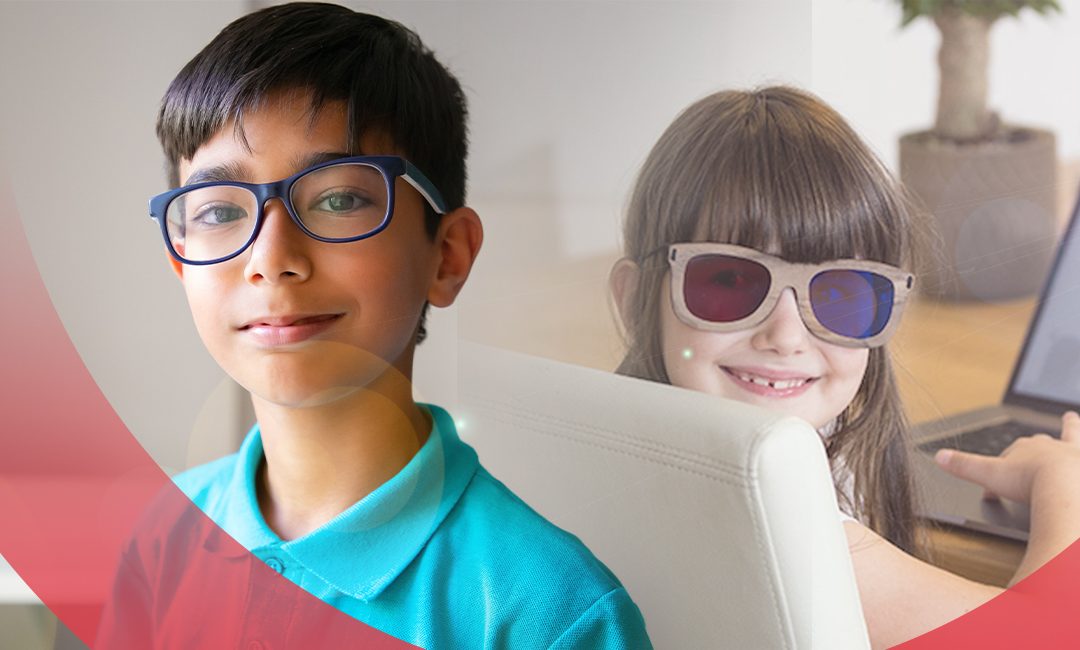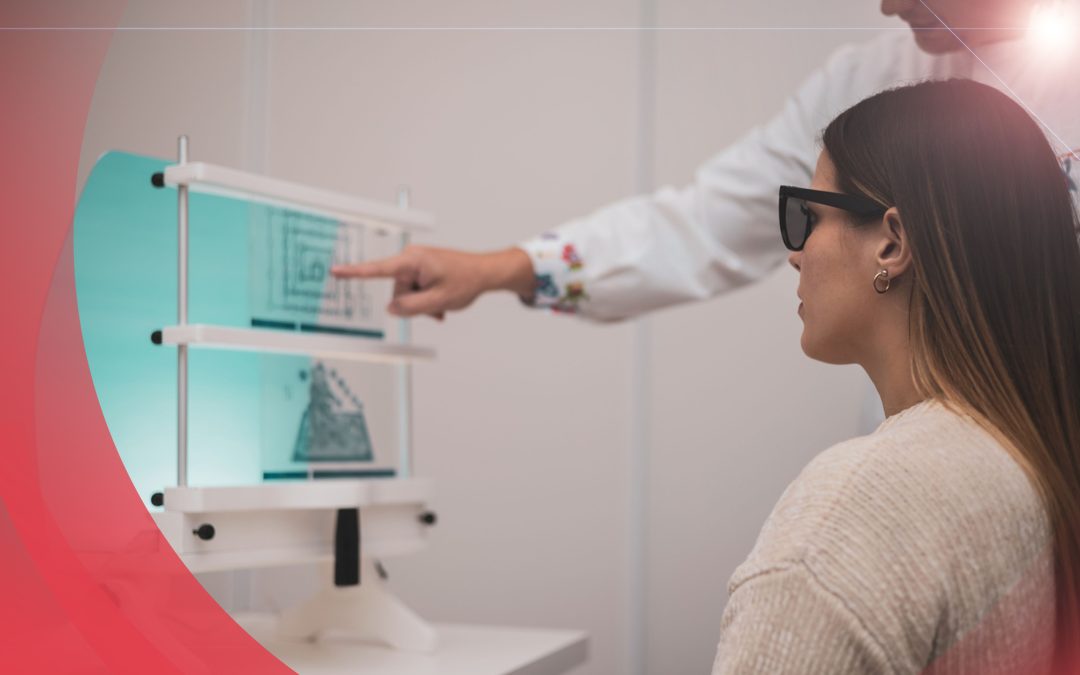Have you ever struggled to focus in a noisy room? Or felt overwhelmed by bright lights and loud sounds? Now imagine experiencing that every single day—your brain constantly battling to make sense of its environment. For many individuals, this is not just an occasional frustration but a persistent challenge. The Pinnacle Multi-Sensory Reset Program is designed to help improve learning, emotions, and overall well-being by enhancing sensory processing.
From children with autism and ADHD to adults recovering from brain injuries, sensory processing difficulties can make everyday tasks overwhelming. When the brain struggles to process what it sees, hears, and feels, it can lead to attention issues, learning difficulties, emotional imbalances, and motor coordination problems.
The Pinnacle Multi-Sensory Reset Program was designed to help the brain retrain itself through a scientifically backed, multi-sensory approach. But what exactly makes this program effective? Let’s dive into the science behind sensory processing and why integrating multiple therapies at once leads to better and faster results.
What is Sensory Processing, and Why Does It Matter?
The human brain is like a command centre, constantly receiving and interpreting signals from the body. Everything we do—walking, talking, reading, listening, even maintaining balance—relies on sensory input being processed correctly.
Our senses include:
- Vision (sight)
- Audition (hearing)
- Vestibular system (balance and spatial awareness)
- Proprioception (body awareness)
- Tactile system (touch)
When these systems work together seamlessly, we function smoothly in our daily lives. But when one or more of them is out of sync, it can cause issues such as:
- Attention and focus problems (difficulty filtering distractions)
- Emotional dysregulation (overreacting to stimuli, difficulty calming down)
- Clumsiness and poor coordination (frequent tripping, difficulty with sports)
- Delayed speech and language development
- Struggles with reading and learning
For some individuals, these challenges stem from developmental conditions like autism, ADHD, or sensory processing disorder (SPD). For others, they may be due to an acquired brain injury (such as a concussion or stroke) or even chronic stress and trauma (PTSD).
Why Traditional Therapy Often Falls Short
Many therapies focus on treating one sense at a time—vision therapy for eyesight, occupational therapy for motor skills, speech therapy for language. While these are valuable, they fail to address how the brain processes all sensory information together.
Think about it: when you read a book, your brain is:
- Seeing the words on the page
- Hearing the sounds in your mind
- Maintaining balance as you sit upright
- Processing spatial awareness to track each word
If just one of these systems is off, reading becomes frustrating and exhausting. This is why multi-sensory therapy—which combines sight, sound, and movement—leads to faster and more effective results.
The Pinnacle Multi-Sensory Reset Program: A Whole-Brain Approach
Unlike traditional therapies that target only one sensory function at a time, the Pinnacle Multi-Sensory Reset Program works by engaging multiple senses at once. This encourages the brain to reorganise itself, strengthening the neural connections needed for better sensory processing, learning, and behaviour.
How It Works: The Three Pillars of the Program
1️⃣ Visual Stimulation – Balancing the Nervous System with Light Therapy
Light plays a crucial role in regulating brain function. Just as sunlight affects mood and sleep cycles, different colours of light can stimulate or calm the nervous system.
The Pinnacle Program uses a light instrument that projects specific wavelengths of colour to:
- Reduce stress and anxiety by calming the brain’s overactive areas
- Stimulate focus and attention
- Improve sleep and mood regulation
By gently adjusting the way the brain responds to light, we can help reset sensory processing and emotional balance.
2️⃣ Vestibular Stimulation – Enhancing Balance and Spatial Awareness
The vestibular system, located in the inner ear, controls balance, coordination, and spatial awareness. Many children and adults with sensory challenges have vestibular dysfunction, leading to:
- Clumsiness and difficulty with movement
- Frequent dizziness or motion sensitivity
- Difficulty sitting still or maintaining focus
To strengthen the vestibular system, the program uses a gently rotating chair that moves in a figure-eight pattern. This rhythmic motion mimics natural body movement and helps:
- Improve coordination and balance
- Enhance focus and self-regulation
- Reduce motion sensitivity and dizziness
3️⃣ Auditory Stimulation – Rewiring the Brain for Better Processing
Hearing isn’t just about detecting sound—it’s about how the brain interprets and processes information. Many individuals with learning and sensory challenges struggle with:
- Auditory processing delays (difficulty understanding spoken language)
- Sensitivity to noise (overreacting to sounds)
- Speech and communication difficulties
To train the auditory system, the Pinnacle Program uses therapeutic music and sound therapy played through headphones. The program emphasises right ear listening, which research shows is linked to better language and cognitive processing.
Who Can Benefit from the Pinnacle Program?
The Pinnacle Multi-Sensory Reset Program has been highly effective for individuals with:
- Autism Spectrum Disorder (ASD): Supports sensory integration, enhances focus, and improves social communication.
- ADHD/ADD: Helps with attention span, impulse control, and self-regulation.
- Trauma & PTSD: Calms the nervous system and reduces sensory overload.
- Brain Injury & Concussions: Aids in neural recovery and cognitive function.
- Sensory Processing Disorder (SPD): Improves sensory integration and motor coordination.
- Dyslexia & Learning Disabilities: Strengthens visual-auditory processing for better reading and comprehension.
Why It Works: The Power of Neuroplasticity
The brain is not fixed—it can change and rewire itself when given the right input. This ability, known as neuroplasticity, is what allows people to recover from brain injuries, improve learning abilities, and enhance sensory processing.
By combining sight, sound, and movement simultaneously, the Pinnacle Multi-Sensory Reset Program maximises neuroplasticity, leading to faster, more lasting improvements.
Final Thoughts: Take the First Step Towards a Better Brain
If you or a loved one struggles with focus, learning, balance, or sensory overload, it’s time to consider a whole-brain approach. The Pinnacle Multi-Sensory Reset Program isn’t just about treating symptoms—it’s about helping the brain function at its best.
📞 Call us today at (705) 733-0190 to schedule a consultation or learn more. Your brain’s potential is waiting to be unlocked!

